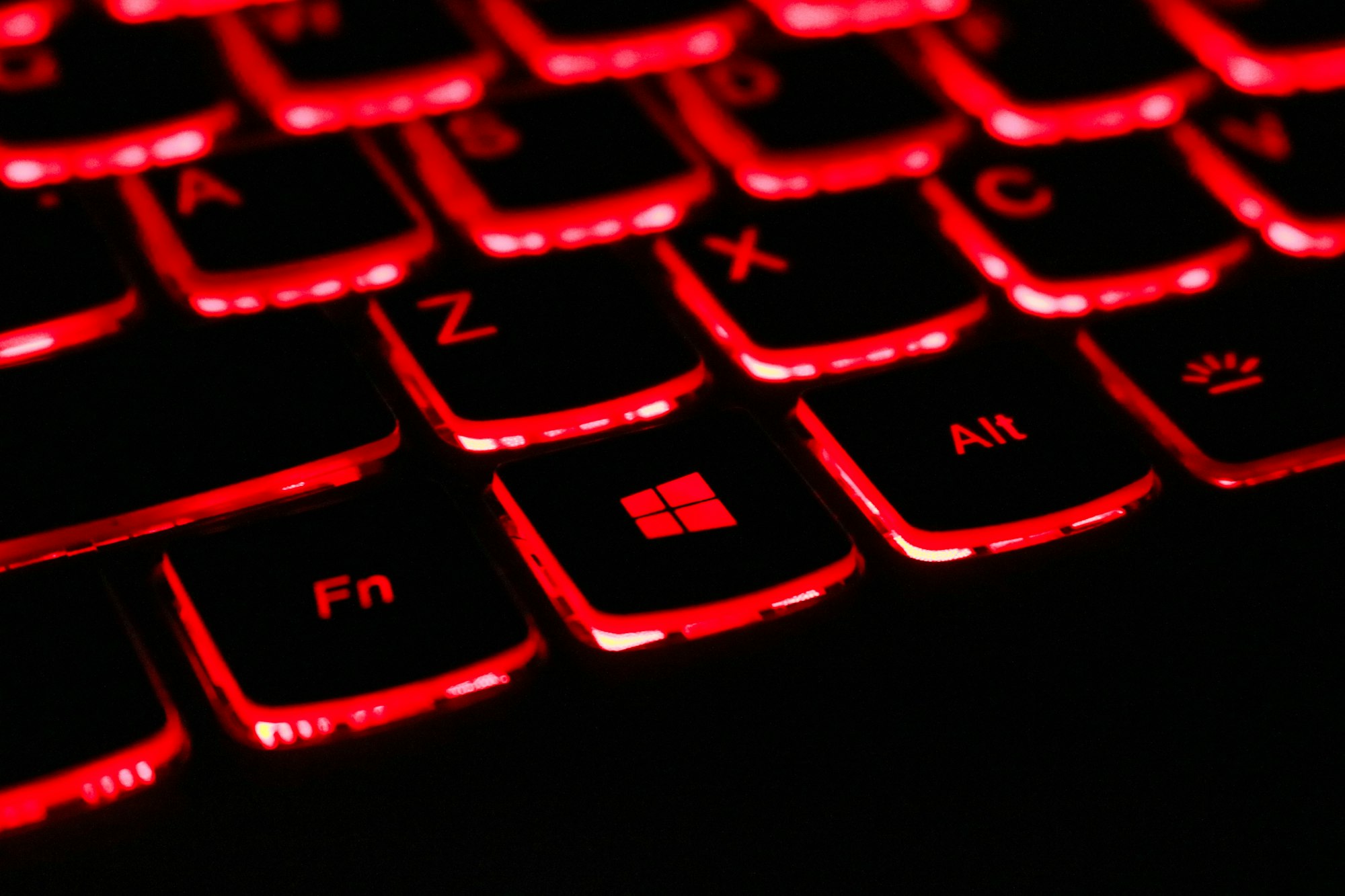Want to Make Your Own Game? Consider These Tips to Get Started
More and more people are diving into game development

Making your own game is a great way to express yourself, explore creative ideas and have fun. Whether you’re a seasoned programmer or just starting out with coding, there are plenty of ways to create your very own game.
From building on existing platforms like Unity or Unreal Engine 4 to creating something completely from scratch, the possibilities are endless!
With the right resources and dedication, anyone can make their own game.
Let’s take a look at some simple ways that you can get started making games today.
Decide on a Genre
Deciding on a genre is one of the key steps in creating your own game. It helps define the type of game you want to create, from action-adventure to puzzle or racing games.
Genres also help determine how you structure gameplay, decide on graphics and visuals, and set up rules for characters and enemies.
By understanding what type of game you want to create, you can create a roadmap that will help guide your development process.
Choosing a genre also helps you narrow down the types of platforms or engines you might use to build your game.

Choose Your Game Engine
A game engine provides an integrated development environment (IDE) with tools and libraries to help you build your game. It also includes optimized graphics, sound, input, and other elements necessary for making a high-quality game.
Many engines allow you to rapidly prototype ideas to quickly test them out before investing a lot of time and money.
With the right game engine, you can create powerful 3D or 2D games that run on most platforms. This makes it easier for developers to deploy their product across multiple devices and reach more players.
When choosing a game engine, you should consider 3D modeling software. 3D modeling software is useful for creating textures, animations and other visual effects.
Such software helps to create 3D models that can be used in games.
This type of software makes it easier for developers to design 3D elements from scratch or adjust existing 3D objects and shapes.
Learn the Basics of Coding
Coding is what allows you to turn user inputs into actions on screen, create levels and worlds, animate characters, and create a full game experience for players.
With a basic understanding of coding, you can explain why certain elements in your game behave the way they do and use that knowledge to make improvements.
Coding is a great way to create structure and organization in your game development process.
Knowing the fundamentals of coding will help you break down complex tasks into smaller, manageable chunks and understand how different elements interact with each other.
This type of understanding will also save time in the long run by allowing you to easily troubleshoot any issues that arise.
Finally, coding can be a great way to create custom tools and templates for your game development workflow.
By understanding the basics of coding, you can develop scripts and functions that automate tedious tasks and make it easier to quickly adjust elements in your game with minimal effort.

Design Your Characters and World
Designing your characters and world is an important step in the process of creating a game. Not only does it give you a creative outlet, but it also provides structure to the game, making it easier to plan out story arcs and levels.
Character design allows players to immerse themselves in the game, as they get to know each character and explore the world they live in.
A well-designed game world helps to bring out the story elements of the game, making it more engaging and immersive.
Develop Story and Mechanics
A great story provides context to the player’s journey, encourages them to explore and discover new things, and makes the experience more memorable.
Mechanics are what give your game structure and make it fun for players to interact with. Without good mechanics, your game will feel bland and uninteresting.
By carefully crafting a story and mechanics, you can create an engaging experience that players will want to come back to.
Developing these two aspects of a game is essential for creating something special.
Test, Trial and Tweak
Test, Trial and Tweak involves testing the game mechanics, trying out different features, and tweaking the design to make sure that it plays properly.
Through this process you can find any glitches or issues with the gameplay before releasing it for public use.
Players get a better experience if they can test out the game beforehand and give feedback on what works and what doesn't. This helps to refine the game before it's officially released, making sure that it is a quality product.
Another important aspect of Test, Trial and Tweak is balancing the gameplay.
This involves making sure that all aspects of the game are working properly and that nothing is too difficult or too easy for players. This can involve adjusting damage values, health regeneration, enemy spawn rates, and more.
It's important to ensure that the game has the right amount of challenge for each level so players have a good experience overall.
Publish Your Game
After you develop your idea, design the look and feel of the game, create all of its features and levels, program it, test it out on friends and family - only then can you finally share it with everyone else!
Here are some tips for making sure your game gets the attention it deserves.
Invest in Marketing
The success of any game relies heavily on how well it is marketed and publicized.
Investing in marketing efforts like creating compelling graphics and videos, setting up a website, launching social media campaigns etc. will help get your game out there where people can find it.
Reach Out to Influencers
Don’t be afraid to reach out to influencers in the gaming industry, such as YouTubers, Twitch streamers and gaming journalists.
Ask them if they would like to review your game or give it a shout-out on their channels.
This type of exposure could help get your game more visibility and credibility.
Leverage App Stores
App stores are a great way to get your game out there. Make sure that you optimize your description and visuals on the app store so that people can easily find it and understand what makes it unique.
Running promotions from time to time could help increase downloads and revenue.
Utilize Analytics
In order to understand how your game is performing and make the necessary adjustments, you need to track usage data and user feedback.
Analytics tools can help provide this valuable insight so that you can better optimize your game for success.

Final Word
Creating your own game can be an incredibly rewarding experience, whether you’re looking to make some money or just have fun. With the right tools and motivation, anyone can create a great game that will entertain players for hours on end.
The key is to start small and build up from there - research the basics of game design, familiarize yourself with popular platforms like Unity and Unreal Engine 4, experiment with different software packages until you find one that works best for you, and then most importantly – don’t forget to have fun!
